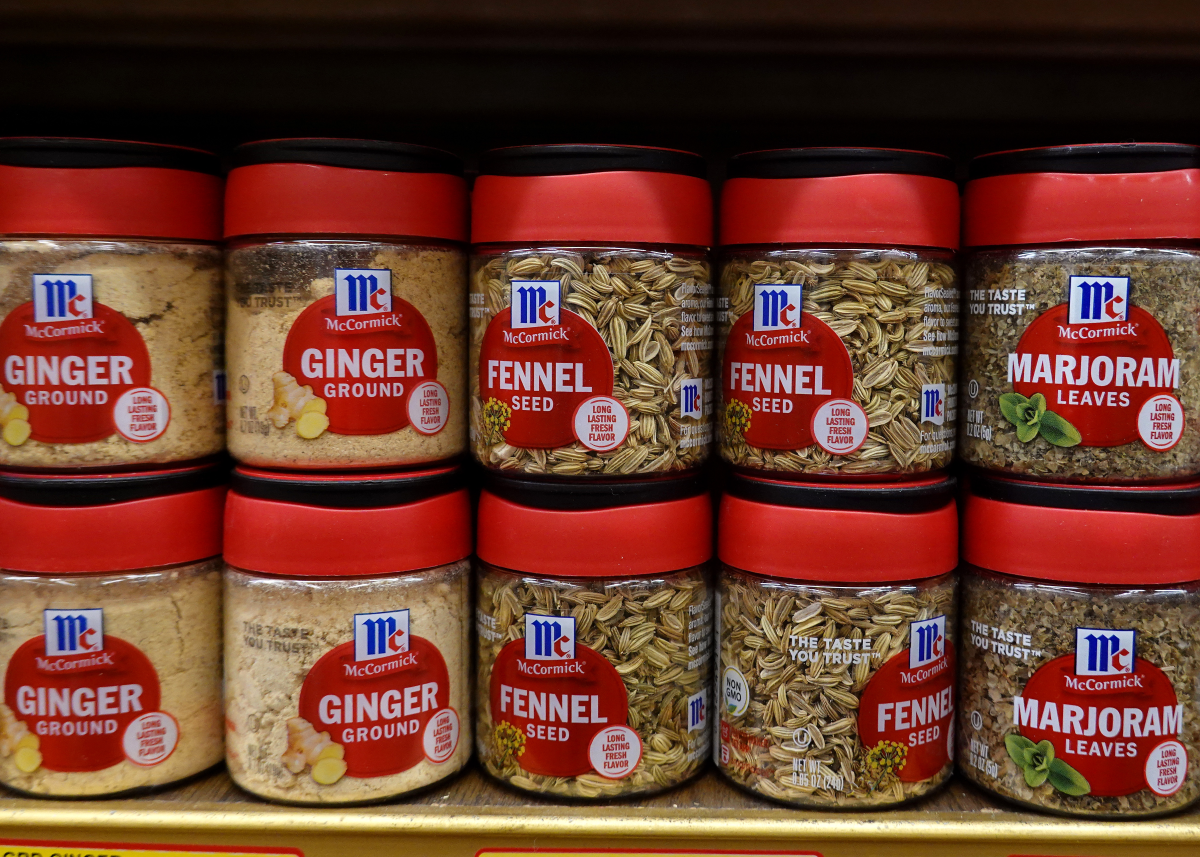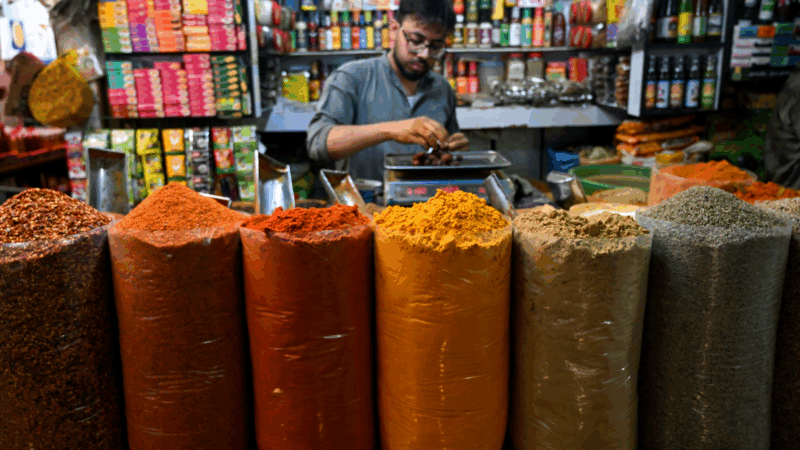Love pumpkin spice lattes? Learn some of its spicy history
Temperatures are cooling and the sun is setting earlier: Fall is on the way.
And with it, autumnal goodies like apple cider, pumpkin bread and those all-too-popular pumpkin spice lattes.
But before you take a sip of that cinnamony, nutmegy, clovey goodness, let’s dive into the history of the word “spicy” for this installment of Word of the Week.
According to the Oxford English Dictionary, the earliest evidence for “spicy” is from 1562, in the writings of William Turner, a naturalist and religious controversialist.
“For a long, long time, spicy meant exactly what it is supposed to be: that which is containing spice, or redolent of spice,” Anatoly Liberman, a linguist at the University of Minnesota.

But it was around the 19th century, that records show people started to use spicy in other less literal ways, he said. It can also refer to “racy” or “engagingly provocative” in reference to scandalous gossip or anything tantalizing.
“It’s smart. It’s stylish. It’s anything that has the impression of giving something sharp, poignant, interesting, out of the way, biting, whatever you want,” Liberman said.
A look at some “spicy” history
Spices have been traded for thousands of years, according to Michael Krondl, author of The Taste of Conquest: The Rise and Fall of the Three Great Cities of Spice.
Archeologists found peppercorns up the noses of ancient pharaohs and the Romans used to import huge amounts of black pepper for cooking from India and tons of cinnamon, which they would burn as an incense, he said.
Spices, like cinnamon, clove, pepper and ginger, “were always considered extremely exotic, and as a consequence, they were very highly valued,” Krondl said. They were also associated with holiness and exoticism.
“Medieval Europeans would think that dead saints would smell of spices. So that you would sniff the coffin of a saint and it would be redolent of cinnamon and cloves and nutmeg,” Krondl explained.

Spices, of course, were typically grown in tropical places like India, Africa and Southeast Asia, and far from the European aristocracy, who craved these spices, and were willing to pay high prices for them, he said.
And they were willing to travel far to get it.
Europeans sent famous explorers like Vasco da Gama and the mis-directed Christopher Columbus on journeys to find the original sources for spices and to bring back hundreds of pounds of the stuff.
The Dutch created the East India Trading Company in 1602 (which lasted until 1799) to profit from the spice trade. It evolved into a global company that relied on forced labor and slavery.
“Nobody needed spices, except for social capital,” Krondl said. “They were almost this arbitrary marker of wealth and privilege, and yet, the world was completely transformed through the trade in spices.”

How were spices used
Once in the hands of these wealthy Europeans they wouldn’t always use spices to add flavor to food or drinks (pumpkin spice lattes were several centuries from coming to fruition). They were believed to have healing properties.
“They were food and medicine simultaneously,” Krondl said, especially during the Middle Ages and the Renaissance.
If someone was ill, they could be given different kinds of spices depending on their personality or status, he explained.
As Liberman explained, around the 19th century “spicy” became a word to refer to anything that gives us a sharp or pronounced kind of response.
Looking back on this tasty history allows us to realize we are using these spices in many similar ways as the ancient times, Krondl said.
“We’re doing the same thing as the Romans,” Krondl said. “We’re heating up those spices in candles – instead of burning them on pyres to aromatize our rooms.”
Alabama Power seeks to delay rate hike for new gas plant amid outcry
The state’s largest utility has proposed delaying the rate increase from its purchase of a $622 million natural gas plant until 2028.
Former U.S. Sen. Doug Jones announces run for Alabama governor
Jones announced his campaign Monday afternoon, hours after filing campaign paperwork with the Secretary of State's Office. His gubernatorial bid could set up a rematch with U.S. Sen. Tommy Tuberville, the Republican who defeated Jones in 2020 and is now running for governor.
Scorching Saturdays: The rising heat threat inside football stadiums
Excessive heat and more frequent medical incidents in Southern college football stadiums could be a warning sign for universities across the country.
The Gulf States Newsroom is hiring an Audio Editor
The Gulf States Newsroom is hiring an Audio Editor to join our award-winning team covering important regional stories across Mississippi, Alabama and Louisiana.
Judge orders new Alabama Senate map after ruling found racial gerrymandering
U.S. District Judge Anna Manasco, appointed by President Donald Trump during his first term, issued the ruling Monday putting a new court-selected map in place for the 2026 and 2030 elections.
Construction on Meta’s largest data center brings 600% crash spike, chaos to rural Louisiana
An investigation from the Gulf States Newsroom found that trucks contracted to work at the Meta facility are causing delays and dangerous roads in Holly Ridge.









